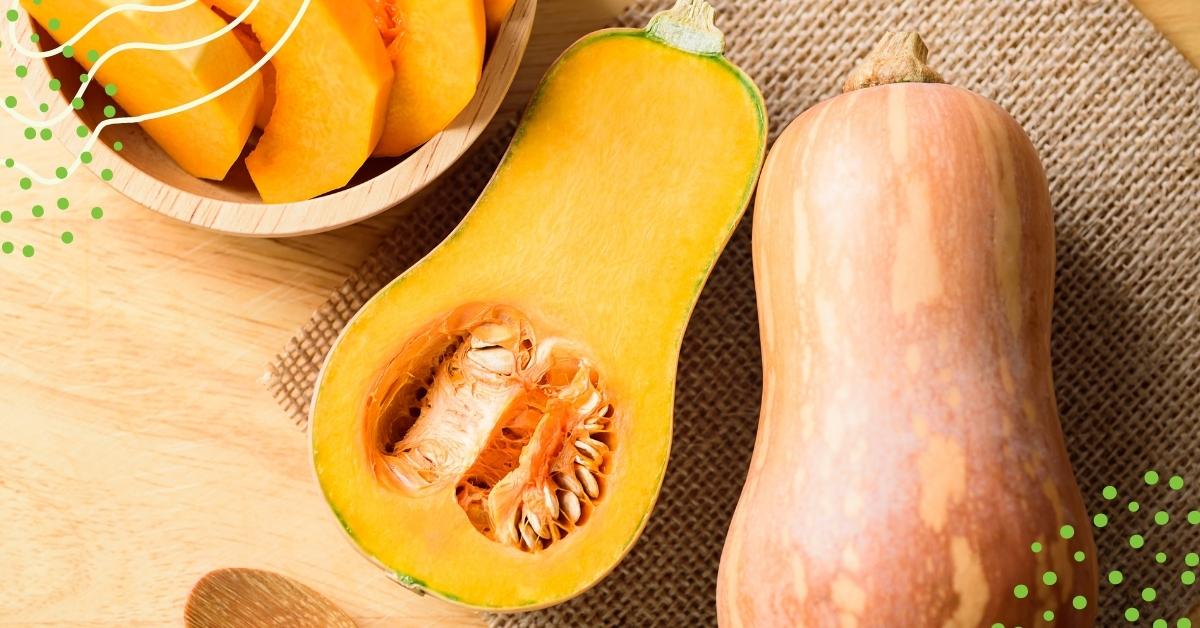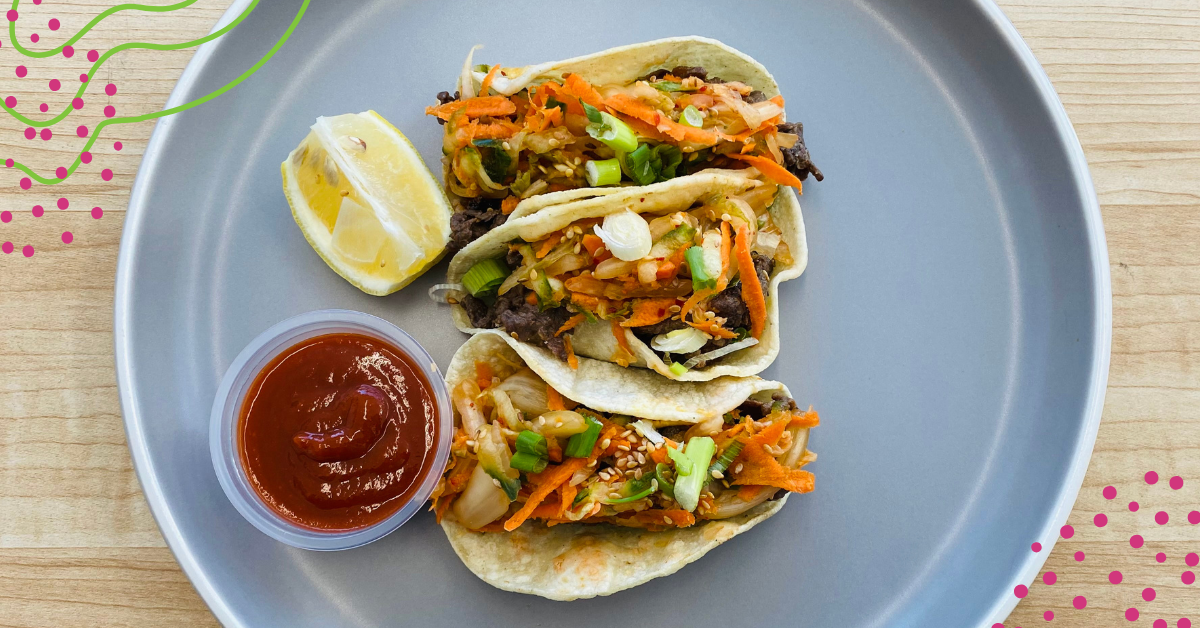Simple and Tasty Heart-Healthy Food Tips
It’s so easy to fall in love with foods that are good for your heart. That’s because many of the most naturally flavorful foods are actually heart-healthy foods. When we eat for heart health, we’re focused on healthy foods that provide us with all of the nourishment and nutrition we need without excessive additives, sugars or unhealthy fats. In addition to preventing heart disease, heart-focused eating can help us to look and feel our best because what’s good for the heart is good for the whole body. Here’s a few heart-healthy food tips that anyone can love.
#1 Sprinkle on Those Fresh Herbs Instead of Pouring on the Salt
We sometimes feel bad if we can’t whip up a fresh meal every night. One of the best ways to ensure that we’re bringing at least a little bit of wholeness to our plates is by sprinkling on some fresh herbs. The biggest benefit of flavoring with herbs is that you can skip the salt. Unfortunately, salt causes the body to retain water, which puts a strain on our heart and blood vessels. Heavy salt consumption causes high blood pressure that can increase our risks for heart attack and stroke. Many people get into trouble with salt when they start to lean on canned or prepackaged meals from the grocery store because they don’t have the time to prepare whole meals. These types of foods are notoriously packed with salt. In addition to harming your heart, high-salt prepackaged foods can zap you of energy, give you headaches and leave you feeling terrible.
#2 Be Besties With Black Beans
Black beans are packed full of folate, magnesium and antioxidants known to help lower blood pressure. In addition, they are full of soluble fiber that lowers our total blood cholesterol. Fiber is also linked with a reduction in blood pressure and inflammation. While beans are sometimes thought of as substitutes for meat, the truth is that even people who eat diets containing meat should still be looking at black beans. Black beans and legumes offer a variety of nutritional benefits that animal products don’t.
#3 Choose Your Meat Cuts Wisely
You can eat meat in a way that’s better for your heart. Lean meats are much better for your heart than fatty cuts. When shopping for cuts of beef and pork, look for meats that are labeled “round” or “loin.” Both are premium cuts that are much leaner than other cuts.
#4 Give Your Whole Heart to Whole Grains

If you’re looking for a grain to add to a meal, be picky. Whole grains provide the benefits of fiber, folic acid, iron, selenium, magnesium and B vitamins that many white breads do not contain. The good news is that you have so many flavorful and enjoyable whole grains to enjoy if you’re walking away from white and refined flours. Some top picks that work wonderfully in a variety of dishes are oats, rye, wild rice, quinoa and buckwheat.
#5 Get Cozy With Omega-3 Fatty Acids

Omega-3 fatty acids offer some serious heart protection by boosting your good cholesterol levels. In studies, individuals who consumed fatty fish a few times per week had almost half the risk of death from coronary heart disease. Their risk of death from a heart attack was also cut by more than 30 percent compared to people who didn’t consume any fish. Fish is teeming with omega-3 fatty acids.
Fish varieties like trout, salmon, sardines, mackerel and albacore tuna are all famously rich in omega-3 fatty acids. However, this isn’t the only way to get them in. Other delicious, filling favorites like walnuts and flaxseed oil are also full of omega-3 fatty acids.
#6 Sip for Your Heart
Many people are surprised to learn that hydration is an essential part of heart health. The key is to stay hydrated with sugar-free options like water or unsweetened tea. Unfortunately, sodas, fruit drinks and energy drinks that are full of sugar can contribute to obesity if we rely on them for hydration instead of simply having them for refreshment from time to time. We know that obesity is one of the significant risk factors for heart disease and premature death. If you’re focusing on staying hydrated with water and unsweetened drinks, you will be less tempted to grab for high-calorie drinks.
#7 Have a Romance With Leafy Greens

Rich in vitamin K, leafy greens can help to protect our arteries. Additionally, the dietary nitrates in leafy vegetables can improve artery flexibility, fortify the lining of our blood vessels and reduce blood pressure. Studies have linked the consumption of leafy greens with reduced rates of heart disease.
Some of the most flavorful greens to add to your diet are spinach, cabbage, curly kale, arugula and beet greens. They can be chopped up or enjoyed as “wraps” that hold things like hummus, tuna fish or beans.
#8 Satisfy Your Sweet Tooth With Berries
Berries romance your heart with promises of antioxidants that protect it from inflammation and oxidative stress. Blueberries are thought to be especially powerful when it comes to improving the function of the cells lining our blood vessels. However, favorites like strawberries, raspberries and blackberries are also full of nutrients that reduce bad cholesterol and support the heart.
#9 Keep the Trans Fats to a Minimum
Try to avoid foods prepared with trans fats as much as possible. This includes margarine and spreads that are marketed as butter substitutes. It’s also important to steer clear of overdoing it with vegetable oils like olive oil, peanut oil, soybean oil and canola oil. The monounsaturated fats within many popular oils are linked with heart damage. Non-stick cooking sprays should also be avoided when possible.
#10 Focus on Some Low-Glycemic Foods
Low-glycemic foods have been linked with reduced risk for heart disease. Low-glycemic eating is focused on choosing foods that are packed with healthy fats in moderate amounts. Some of the superstars of low-glycemic eating are fish, skinless chicken, beans, walnuts, almonds, pecans and avocados. It’s also advised that anyone sticking to this eating style should avoid the partially hydrogenated fats that are nearly universal in fast foods and packaged foods. From the dessert perspective, treats made with apples, pears, mangoes, bananas and papayas are all compatible with low-glycemic eating. Finally, meal frequency is also important.
The general guideline for anyone looking to follow a low-glycemic diet is to plan for three meals each day. There is also room for one to two snacks daily. The big rule is that you should never be skipping breakfast. This is where planning your meals ahead of time becomes essential because breakfast is a time of day when most of us are vulnerable to the temptation of reaching for the easiest thing. Many times that means a big, carb-filled treat that’s destined to send you into a blood-sugar crash before lunch.
#11 Part Ways With Processed Meats
You may be in a bad relationship with the easy, processed meats you’re relying on for protein. Many people use processed meats like hot dogs, salami, bacon or cold cuts to get quick, inexpensive protein in their diets. The reality is that any of the benefits you’ll get from the protein in these foods are quickly undone by the health risks of consuming them regularly. Consuming processed meats is associated with increased risks of cardiovascular disease. Processed meats are also linked with higher risks for diabetes, cancer and overall mortality. Make an effort to swap your processed meats for fresher, healthier proteins that provide genuine health benefits.
#12 Have Some Fun

Like any relationship, the relationship you have with your heart should be full of enjoyment! No, you don’t have to promise never to eat the things you love again just because you’re focusing on creating long-term health for your heart. What’s Valentine’s Day without a little chocolate? The truth is that you won’t have to agonize overindulging in what you love on special days if you’ve stayed focused on treating your heart right the rest of the time.
Final Thoughts: Making a Plan to Romance Your Heart With Fresh, Whole Foods
Many people don’t invest in a real relationship with heart-healthy eating because they simply don’t have the time. Deciding to eat for your heart does take planning. This may mean totally reinventing the way you handle grocery shopping. You may find that you skip the “middle aisles” that are full of processed and packaged foods altogether once you make a grocery list that reads like a love letter to your heart. If planning meals for every day of the week is too difficult, consider relying on a delivery service that delivers perfectly portioned, heart-healthy meals bursting with lean meats, hearty vegetarian options, leafy side dishes. Perfectly measured breakfasts and balanced snacks such as this may be the secret to transforming your eating habits.





